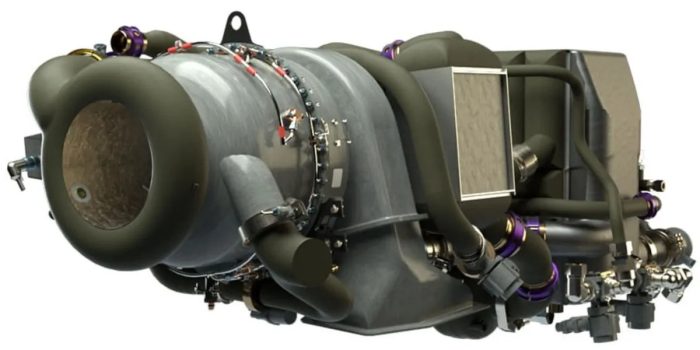Collins Aerospace, a subsidiary of Raytheon Technologies (RTX), has successfully showcased its Enhanced Power and Cooling System (EPACS), a critical development aimed at replacing the existing thermal management system on the U.S. fleet of F-35 fighter jets.
The demonstration revealed that EPACS boasts an impressive 80 kW cooling capacity under diverse operational conditions. This achievement is particularly significant as it addresses a crucial need to enhance the cooling capabilities of the F-35, a vital aircraft in the arsenal of allied forces worldwide.
Henry Brooks, President of Power & Controls for Collins Aerospace, emphasized the importance of upgrading the F-35 with advanced systems to counter emerging threats. He highlighted that EPACS, with its more efficient thermodynamic cycle, can deliver the increased cooling capacity required by the F-35. This enhancement is not only crucial for the aircraft’s performance but also plays a role in extending its operational lifespan for decades.

The current power and thermal management system (PTMS) of the F-35, responsible for cooling the subsystems generating heat, has been identified as overused by the Government Accountability Office. This overuse is leading to the engine operating beyond intended levels, resulting in increased wear and tear and significantly impacting the program’s lifecycle cost estimate.
A crucial insight into the issue comes from the designers of the F-35, who initially assumed that the electronics would produce no more than 14 kW of waste heat. However, subsequent developments, including the addition of more powerful electronics and sensors as part of the Block 4 upgrade program, have raised the demand for cooling capacity to handle up to 47 kW of waste heat. Future classified upgrades planned for the 2030s could potentially increase this requirement to at least 62 kW, possibly reaching as high as 80 kW.
The EPACS system developed by Collins Aerospace aims to address these challenges by providing a cooling capacity of 80 kW, surpassing the platform’s current capabilities. The success of EPACS in achieving this milestone is seen as a critical development by U.S.
Representative Joe Courtney, who stressed the urgency of upgrading the F-35’s cooling and management system to keep pace with continuous modernization efforts. He highlighted that EPACS could result in substantial cost savings for taxpayers while enabling vital F-35 warfighting capabilities.
Collins Aerospace, with its extensive experience in supplying cooling and power generation systems for both commercial and military aircraft, has designed EPACS as a mature and low-risk solution using proven technologies. Importantly, EPACS is compatible with all three variants of the F-35, reducing integration and operational risks and maximizing the value of existing F-35 assets.
Looking ahead, the demand for enhanced cooling is expected to rise further with the addition of more mission systems as part of planned upgrades. The F-35 Joint Program Office has issued a Request for Information (RFI) with an expanded PTMS cooling capacity objective of 80 kilowatts, aligning with the capabilities demonstrated by EPACS. If successfully integrated, EPACS could not only support planned F-35 upgrades but also provide an additional margin for the extended life of the aircraft.


